
Although we are only just beginning to acquaint ourselves with St Francis, and thus are ill-qualified at present to give you a worthy account of his life, we wanted to at least give you a faint idea of the nature of the person for whom we have named our daughter.
In doing so, we wanted to write rather more about his theology and his philosophy, than about his history, per se. But history must provide the background. The life of St Francis is known to us largely through anecdotes. The book ‘The little Flowers of St Francis’ is one such collection of these stories. More complete and historically-oriented biographies have been written as well.
The man we know as St. Francis of Assisi was born Giovanni di Bernardone in 1182, to an Italian father and a French mother. From youth he was raised as a wealthy merchant’s son, known for his love of festivities, of fine clothes and wine. While he was still quite young, however, two things occurred to change the course of his life and, I do not believe it exaggeration to say, the course of western Christendom.

The first was his meeting with a beggar. Whilst conducting business for his father, Francis was approached by a beggar asking alms. At first, the man was repulsed from the shop. Francis, however, ran through Assisi until he could find the man, gave the fellow all he had, and swore that he would never again refuse the requests of the poor.
The second was his vision in the ruins of the Church of St. Damian, on the outskirts of Assisi. Francis had joined the military, but had been returned home due to a prolonged illness. Dejected at this loss (rather more from wounded pride and thwarted ambition) he dwindled into a sort of depression, spending many days praying and asking God what had become of his life. One day, whilst praying in the church of St. Damian, the Lord spoke to him three times saying, ‘Francis, rebuild my house which, you can see, is falling into ruins.’ Thinking this to mean the ruins of the church within which he was praying, Francis sold his horse and his belongings, and some of the belongings of his father, and began to rebuild St. Damian’s. His father, who was rather more a fellow of business than of Christ, reported Francis to the magistrates, and had him arrested for theft. Francis returned all that had been taken and, more than this, took all of his worldly belongings except a rough cloth shirt, and threw them at his father’s feet, saying, ‘up until this time I have called Pietro Bernardone father, but now I am the servant of God. Not only the money but everything that can be called his I will restore to my father, even the very clothes he has given me.’ From this point on, Francis renounced worldly possessions and took on the life of a wandering peasant, devoted to rebuilding the churches in that area of Italy.
Already this history has taken longer than expected, but I think the events surrounding his life are of some importance for understanding the person. A little more must be mentioned. He was granted permission by Pope Innocent III to found a new order, which he called the Fratres Minores, of ‘Lesser Brothers.’ These, of course, became those whom we know as the Franciscan Friars, who, quite original to the time, were socialists and itinerants, claiming neither individual property nor home. During his lifetime, the number of friars grew to many thousands, travelling all over Europe and the Middle East, preaching to all classes of people in all walks of life.


In the latter years of his life, while praying and fasting on Mount Alverno, he saw a vision of an angelic bird or a seraph, crucified, in the sky. He said that while this vision lasted he felt an unutterable grief and pity which overcame him. When the vision faded, he found that he had been pierced through the hands, the feet, and his side.
So on 8 May 1213, Francis received the sign of the Stigmata.
His history now aside, I wanted to mention the particulars of his theology.
Francis was born into the so-called Dark Ages. With the fall of the Roman Empire, Europe had fallen into a period of intellectual and artistic paralysis. Warring kingdoms and barbarian hordes filled the vacuum of power which was left by Rome’s decline, crippling trade and scholarship. It was during these times that Christendom waged the Crusades. Chesterton writes of this time, astutely, it seems—as a time of purgation for Christendom. Scholarship and natural theology had, until the advent of Christianity, been the domain of Paganism. Although the intellectual and philosophical traditions of the Greeks and the Romans are the basis for much of our western culture, there was a time when these traditions bore with them darker marks than they bear for us today. The quaint and very human mythologies of the gods had grown dark in a time when the decadence of Rome was darker even than the Colosseum with its murder of slaves and Christians for entertainment. The religion of Greece and Rome were religions of nature worship, for they worshipped the forces of sex, growth, and death-- anthropomorphised into the pantheon. In terms of the environmental theology of Francis, I think this is worth understanding better than I do. For this was, and is, one of the great messages of Francis- the reunification of the natural world and humanity. Chesterton writes, ‘it was no good telling such people to have a natural religion full of stars and flowers; there was not a flower or even a star that had not been stained… it was no good to preach natural religion to people to whom nature had grown as unnatural as any religion.’ The Dark Ages was the necessary purgation of these stains on European civilisation and the consciousness of the Church which was, at that time, largely European. The Church had to be rid of the perversity of the natural religion of Rome to make room for the natural religion of the Son of God, the one by whom and for whom the whole Creation exists.

By the time of St Francis, it may be said, the Dark Ages had done their work.
‘Gradually against this grey background beauty begins to appear, as something really fresh and delicate and above all surprising… the flowers and the stars have recovered their first innocence.
Fire and Water are felt to be worthy to be the brother and the sister of a saint. The purge of paganism was complete at last… Water is no longer that water into which slaves were flung to feed the fishes. Fire is no longer that fire through which children were passed to Moloch…
…while it was yet the twilight of the Dark Ages, a figure appeared silently and suddenly on a little hill above the city of Assisi, dark against the fading darkness. For it was the end of a long and stern night, a night of vigil, not unvisited by stars. He stood with his hands lifted, as in so many statues and pictures, and about him was a burst of birds singing; and behind him was the break of day.’
It has been said that St Francis ‘anticipated all that is most liberal and sympathetic in the modern mood; the love of nature; the love of animals; the sense of social compassion; the sense of the spiritual dangers of prosperity and even of property.’
He saw beyond the created world as a merely something which points us to the goodness of God, but saw the natural world as our sibling in Creation. It was in this inspiration that Francis wrote the Canticle of the Sun, the first Italian poem and best known of Francis’ writings:
Most high, all-powerful, all good, Lord! All praise is yours, all glory, all honour And all blessing. To you alone, Most High, do they belong. No mortal lips are worthy To pronounce your name.
All praise be yours, my Lord, through all that you have made, And first my lord Brother Sun, Who brings the day; and light you give to us through him. How beautiful is he, how radiant in all his splendour! Of you, Most High, he bears the likeness.
All praise be yours, my Lord, through Sister Moon and Stars; In the heavens you have made them, bright And precious and fair.
All praise be yours, my Lord, through Brothers Wind and Air, And fair and stormy, all the weather's moods, By which you cherish all that you have made.
All praise be yours, my Lord, through Sister Water, So useful, lowly, precious, and pure.
All praise be yours, my Lord, through Brother Fire, Through whom you brighten up the night. How beautiful he is, how gay! Full of power and strength.
All praise be yours, my Lord, through Sister Earth, our mother, Who feeds us in her sovereignty and produces Various fruits and coloured flowers and herbs.
All praise be yours, my Lord, through those who grant pardon For love of you; through those who endure Sickness and trial. Happy those who endure in peace, By you, Most High, they will be crowned.
All praise be yours, my Lord, through Sister Death, From whose embrace no mortal can escape. Woe to those who die in mortal sin! Happy those She finds doing your will! The second death can do no harm to them.
Praise and bless my Lord, and give him thanks, And serve him with great humility.
The work of St Francis in this regard is yet incomplete. Perhaps more strongly with the advent of Protestantism, there has been a widening of the gap between the human and the non-human Creation. Few among us would speak of Brothers Wind and Air, or Sister Water, or Sister Earth. Yet such an understanding is, I think, fundamental to a proper theology of God and of our place in His world and in the story of redemption. For the redemption of the Cross was a redemption of the whole Creation. As it is written, ‘the creation waits in eager expectation for the sons of God to be revealed. For the creation was subjected to frustration, not by its own will, but by the will of the one who subjected it, in hope that the creation itself will be liberated from its bondage to decay and brought into the glorious freedom of the children of God.’
There is much else that we could write here about St Francis of Assisi, but I have become carried away already. One thing else which is worthy of note, was his visit to the Saracen sultan Melek-el-Kamel in 1219, where he sought to bring an end to the Crusades by testifying about Christ to the Muslim leaders. Rather unorthodoxly, he offered to throw himself into the fire on the condition that, should he emerge alive, they would acknolwedge Christ as Lord.

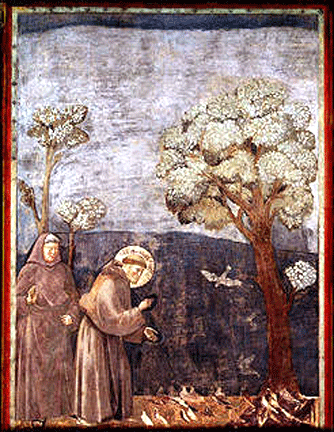
But at present we shan't go further. When we knew that we were pregnant, we determined to name the child Frances. Interestingly, at least for us, she was born just two days after the Feast of St Francis, which many Christians throughout the world celebrate on October 4th.



 Actually there is a lot going on presently with the health project and agriculture project in Sangthong district Laos..and that explains why we have not had the moments to write to many of you or update this site.
Actually there is a lot going on presently with the health project and agriculture project in Sangthong district Laos..and that explains why we have not had the moments to write to many of you or update this site. Again, we are unable to expound more on our lives—but we want to invite you to re-acquaint yourself with Frances….or some of the faces of Frances.
Again, we are unable to expound more on our lives—but we want to invite you to re-acquaint yourself with Frances….or some of the faces of Frances.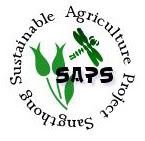





























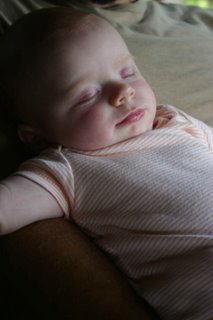
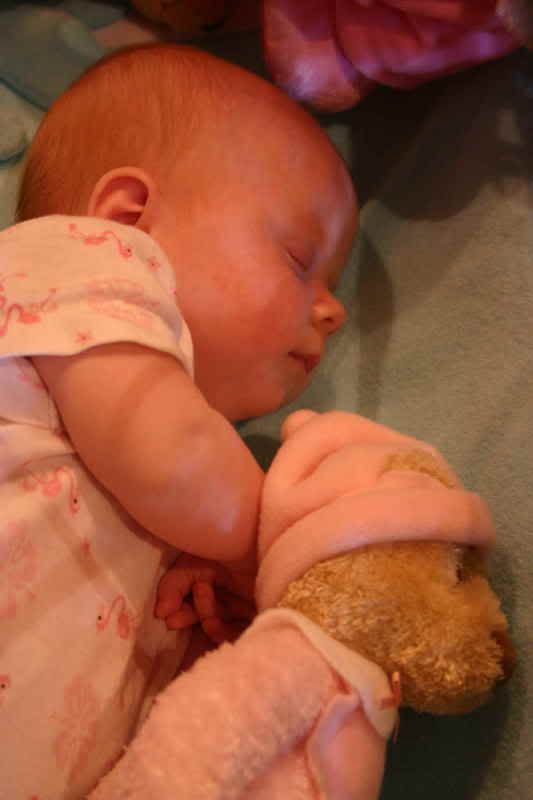
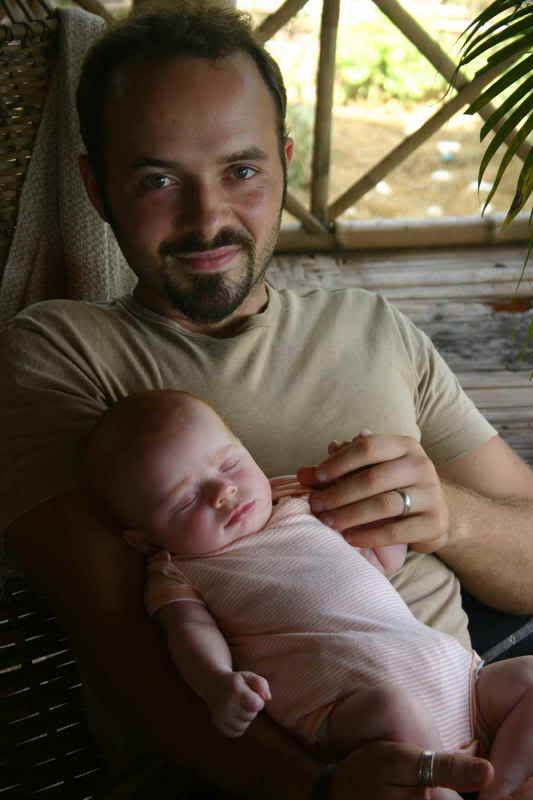
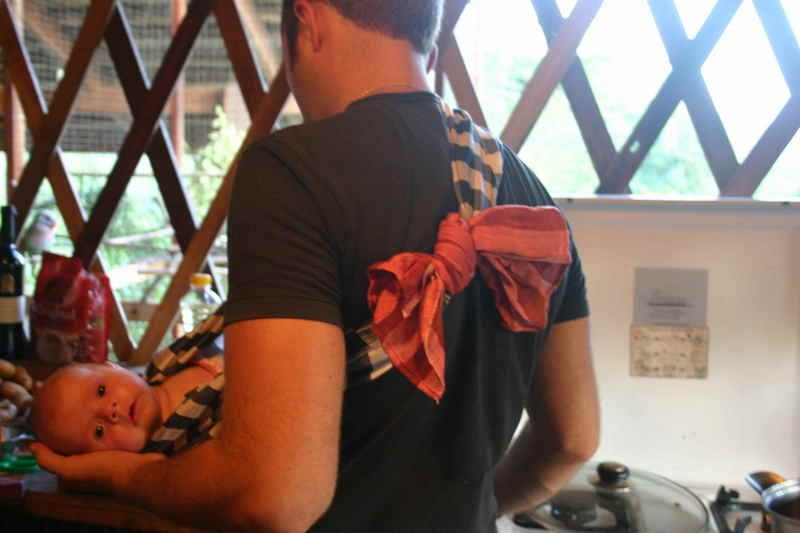
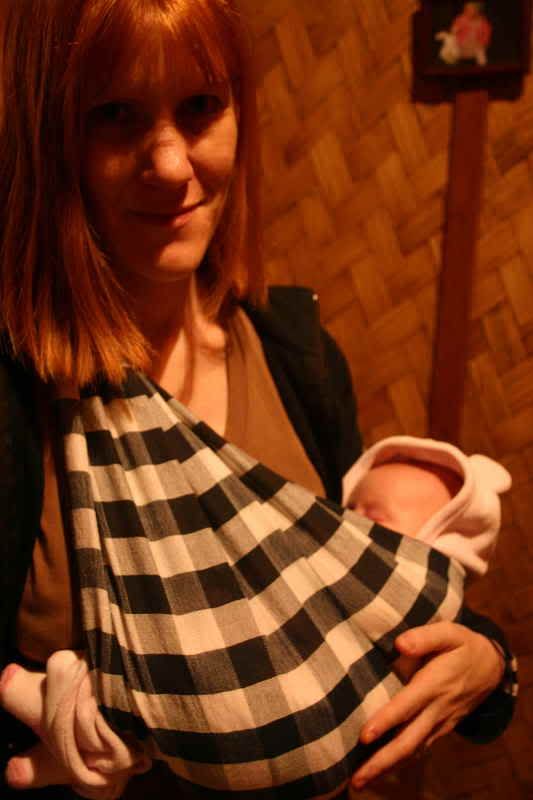
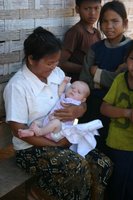
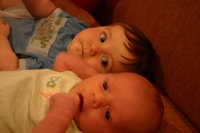



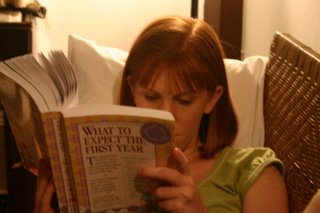
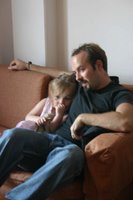

 The first was his meeting with a beggar. Whilst conducting business for his father, Francis was approached by a beggar asking alms. At first, the man was repulsed from the shop. Francis, however, ran through Assisi until he could find the man, gave the fellow all he had, and swore that he would never again refuse the requests of the poor.
The first was his meeting with a beggar. Whilst conducting business for his father, Francis was approached by a beggar asking alms. At first, the man was repulsed from the shop. Francis, however, ran through Assisi until he could find the man, gave the fellow all he had, and swore that he would never again refuse the requests of the poor.
 In the latter years of his life, while praying and fasting on Mount Alverno, he saw a vision of an angelic bird or a seraph, crucified, in the sky. He said that while this vision lasted he felt an unutterable grief and pity which overcame him. When the vision faded, he found that he had been pierced through the hands, the feet, and his side.
In the latter years of his life, while praying and fasting on Mount Alverno, he saw a vision of an angelic bird or a seraph, crucified, in the sky. He said that while this vision lasted he felt an unutterable grief and pity which overcame him. When the vision faded, he found that he had been pierced through the hands, the feet, and his side.  By the time of St Francis, it may be said, the Dark Ages had done their work.
By the time of St Francis, it may be said, the Dark Ages had done their work.
